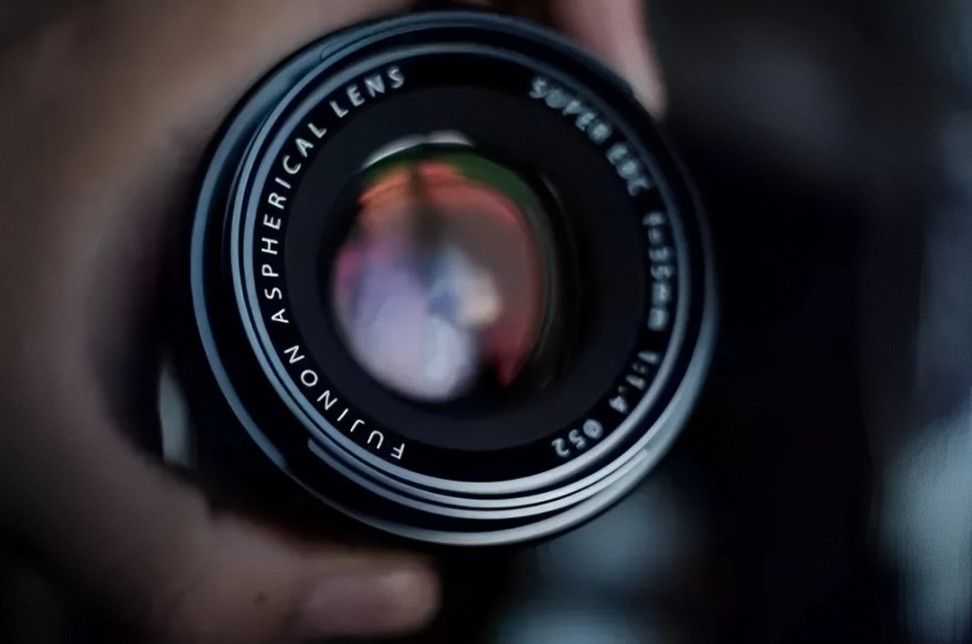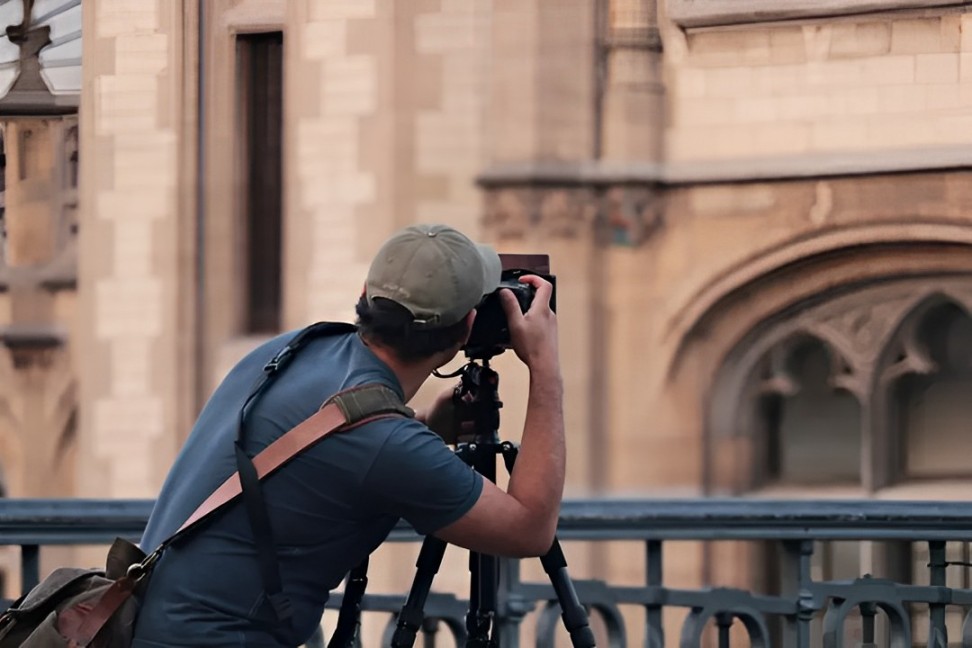Prime Lens vs. Zoom Lens: Which One Is Right for You?
In the photography journey, every enthusiast encounters a choice that's hard to avoid: should you go for a prime lens or a zoom lens? Which one is the better shooting companion?
This question may have left you pondering countless times. So why not keep reading to explore our perspective? It might just offer you some valuable insights.

In this article, you will learn:
- What Is a Zoom Lens?
- What Is a Prime Lens?
- Prime Lens vs. Zoom Lens: Which One Is Right for You?
- Conclusion
What Is a Zoom Lens?
A zoom lens is a type of lens where the focal length can be adjusted, allowing users to switch between wide-angle and telephoto without changing lenses.
For example, a common 20-70mm lens means that the focal length can be adjusted between 20mm and 70mm.
One key feature of a zoom lens is its flexibility. This makes it more convenient for us to shoot in different scenarios.
Therefore, zoom lenses are ideal for situations where quick framing adjustments are needed, such as weddings, travel, or sports photography.
What Is a Prime Lens?
A prime lens has a fixed focal length that cannot be adjusted like a zoom lens. For example, lenses such as 35mm, 50mm, and 85mm are common prime lenses.
Prime Lens vs. Zoom Lens: Which One Is Right for You?
In simple terms, a zoom lens allows you to "zoom in or out" within a certain range, while a prime lens cannot do this.
When shooting with a zoom lens, you can adjust the size of objects in the frame by simply rotating the zoom ring.
On the other hand, if you're using a prime lens and want to achieve a zoom effect, you'll have to rely on moving your feet to physically change your position.

At this point, you might be thinking, "A zoom lens is so much more convenient, I should definitely go for a zoom lens!"
Hold on a moment. While zoom lenses are indeed convenient, they are not without their drawbacks. Because of their more complex structure, zoom lenses tend to be more expensive.
This complexity also makes it harder to achieve a wide aperture with a zoom lens. If you want a dreamy, wide-aperture look, you'll likely need to spend significantly more.
Further Reading:
Moreover, at the same price point, the image quality of zoom lenses is noticeably inferior to that of prime lenses.
On the contrary, prime lenses have a simpler structure, resulting in much lower manufacturing costs. You can purchase a prime lens with a wide aperture for a relatively low price.
For example, Canon's RF 50mm f/1.8 prime lens costs around 200 dollars. In contrast, Canon's 24-70mm zoom lens with a maximum aperture of f/2.8 is priced at 2400 dollars, a difference of over ten times in cost.

Prime lenses offer better value for money, allowing you to get a larger aperture and superior image quality for less money. Who could resist such lenses?
That's why many photographers have a soft spot for prime lenses, with the 50mm prime lens being a favorite among many.
Further Reading:
Once you understand the differences between prime and zoom lenses, making a choice becomes much easier.
If you're traveling or capturing daily life moments, a zoom lens might be more convenient.
Especially when shooting landscapes, while prime lenses can offer excellent image quality, they might struggle to capture everything you want in the frame.
Therefore, when capturing scenes with significant changes in perspective and scenery, a zoom lens is undoubtedly the best choice.

Because of their fixed focal length, prime lenses are ideal for scenarios where there is minimal change in composition but high image quality is required.
For instance, in portrait and product photography, where framing is relatively stable and high-quality images are desired, prime lenses excel. Even though you may need to move around to frame your shot, it can still be quite convenient.
Moreover, if you're a novice photographer looking to hone your skills, we also recommend using a prime lens.
Prime lenses can help develop your photographic eye and discourage over-reliance on zooming for shortcuts.

Conclusion
Choose a Prime Lens If:
- You prioritize image quality and sharpness.
- You need a wide aperture for low light or bokeh effects.
- You're on a budget and want excellent performance at a lower cost.
- You shoot specific styles, like portraits or street photography.
Choose a Zoom Lens If:
- You need versatility to cover multiple focal lengths.
- You shoot in dynamic environments, like events or travel.
- You want to save time by not switching lenses.
- You're photographing varied subjects in a single session.
In other words, whether it's a zoom lens or a prime lens, there isn't a definitive best type of lens. The choice between the two depends on your priorities and the style of photography you prefer.
Product Recommendation:
If you find yourself doing a lot of post-processing work after shooting, the TourBox controller can greatly enhance your workflow efficiency.

With its customizable shortcuts and intuitive dial controls, you can easily adjust colors and details in your photos without constantly clicking your mouse or keyboard.
What's great is that using TourBox feels like playing a video game with a game controller, which is one of the reasons why it's beloved by many photographers and photography enthusiasts.

If you're curious about how TourBox can make your photo editing more efficient and precise, click on our photo editing page to learn more.